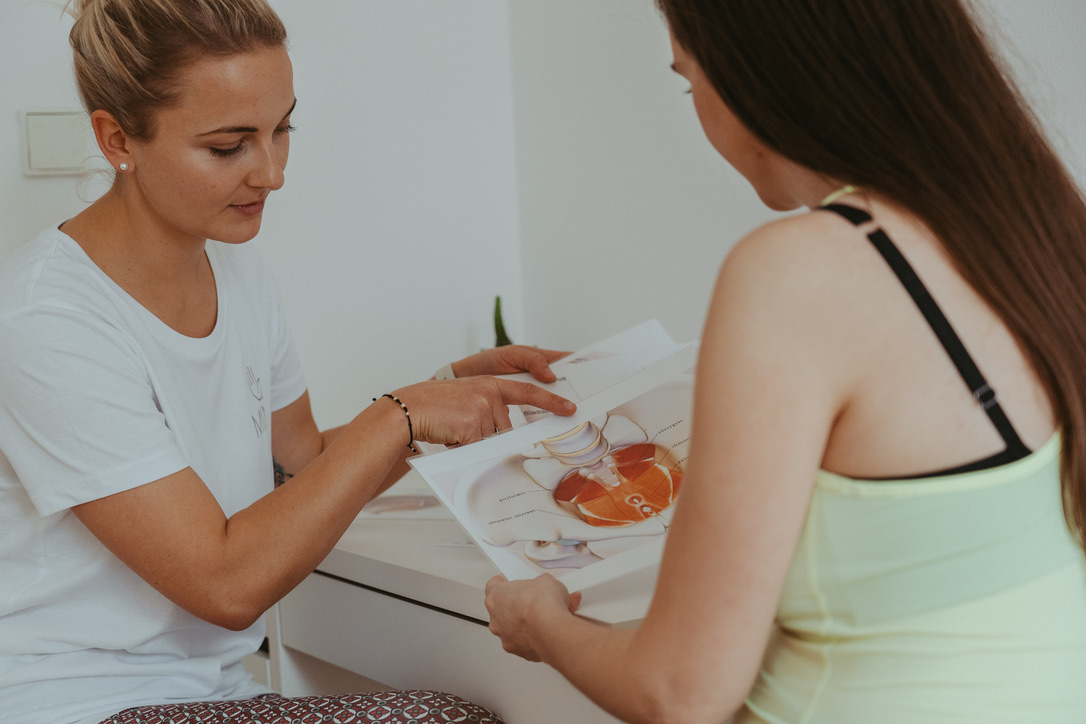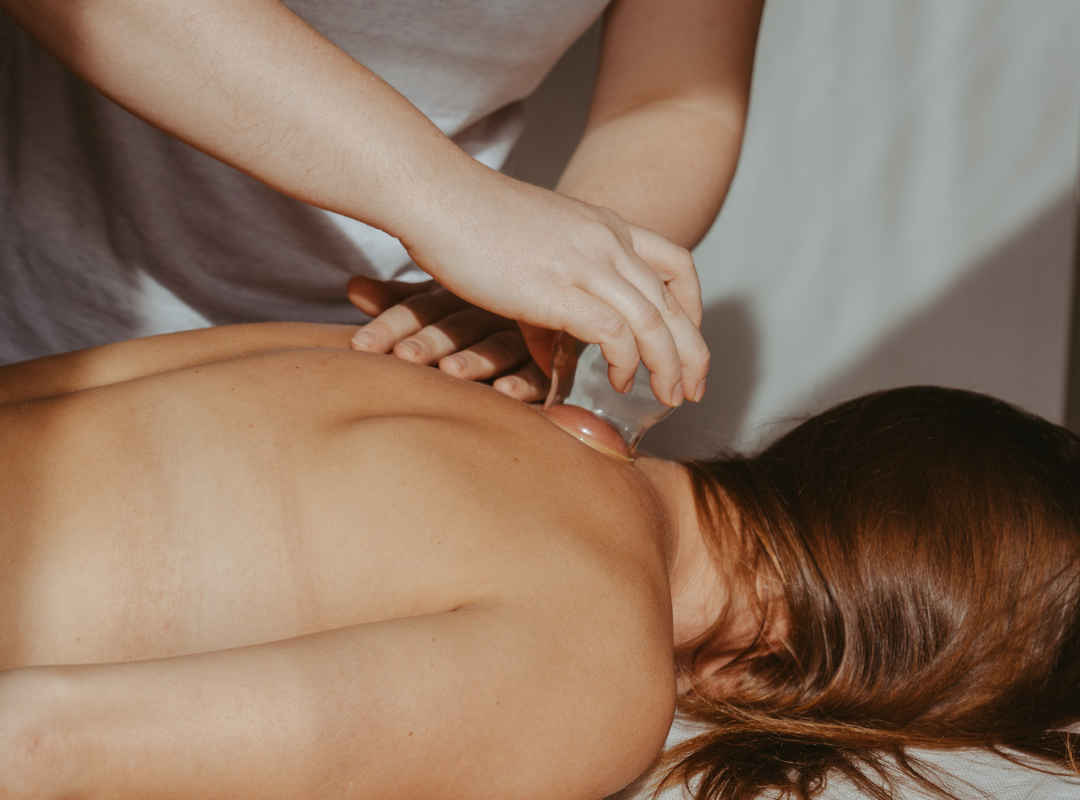Many people may naturally feel nervous about going to a therapeutic consult. Countless times we have heard the feedback from clients about the entire process being a surprise to them as they did not know what to expect from their first-time visit. Here’s a sneak peak on what it may look like.
Your initial visit usually consists of mainly three things: an assessment, setting goals for the treatment plan and of course, some treatment.
Firstly, an open dialogue with your therapist is created about your main complaint, the history of the present problem and maybe other aspects of health such as previous accidents, surgeries or other. These small details usually help the therapist to connect the dots on how and what may have been the primary cause(s) of your problems. After that, how the consultation continues largely depends on the service and its goals.
Physiotherapy
In a first-time physiotherapy assessment, the process also involves an observation of your posture. Posture is checked in various positions and dynamic movement tests, and is also combined with passive manual examinations that help test the muscles’ and joints’ tensions and ranges of motion. Other specific tests may also be included that are chosen according to your main complaint or site of injury.
*Very often, it may be surprising to you that your therapist may check certain areas of the body that do not seem related to your symptoms. Muscles work in complex chains therefore the site of the primary complaint may not be the area where the problem has started but just a secondary consequence of another restriction.
A combination of all of this helps identify the relationship of the client’s main complaint to their body’s response and movement behavior. This gives a good starting base for the treatment but also helps both you and your therapist create specific aims for your therapy.
During a treatment session, the goal usually begins at pain relief by various techniques, and then a more active approach via specific exercises and re-education of the posture such breathing and positioning techniques. Other forms of intervention may involve a home exercise prescription, more regular follow-up treatment sessions and in certain cases, referrals to other specialists.
Massage
Massage therapy is also customized based on the client’s needs and lifestyle therefore it also always begins with a short discussion. For example, a massage for a person who just ran a marathon, or a person who sits all day behind a computer have different approaches.
The client is asked about specific preferences to the areas involved in the massage and what they are comfortable with. The therapist then leaves the room so that the client may undress in privacy and cover themselves before the massage commences.
*The client may take off as much clothing as it is comfortable for them and if necessary it is also possible to carry out the massage with all the clothing on.
After the massage is over there is always extra time for the client to rest before having to get up.
The big question – What to bring?
- Clothing and underwear that you are comfortable in moving and/or exercising in.
- If you have had recent x-rays or related medical documents, it would be helpful to take them with you as well.
- Please note that in an assessment for babies and children, a caregiver should be always present and bringing the child’s preferred toy is also helpful.
- If you are attending a massage, consumption of alcohol or heavy meals is not recommended.
We look forward to your visit!
MINT Terapie team

